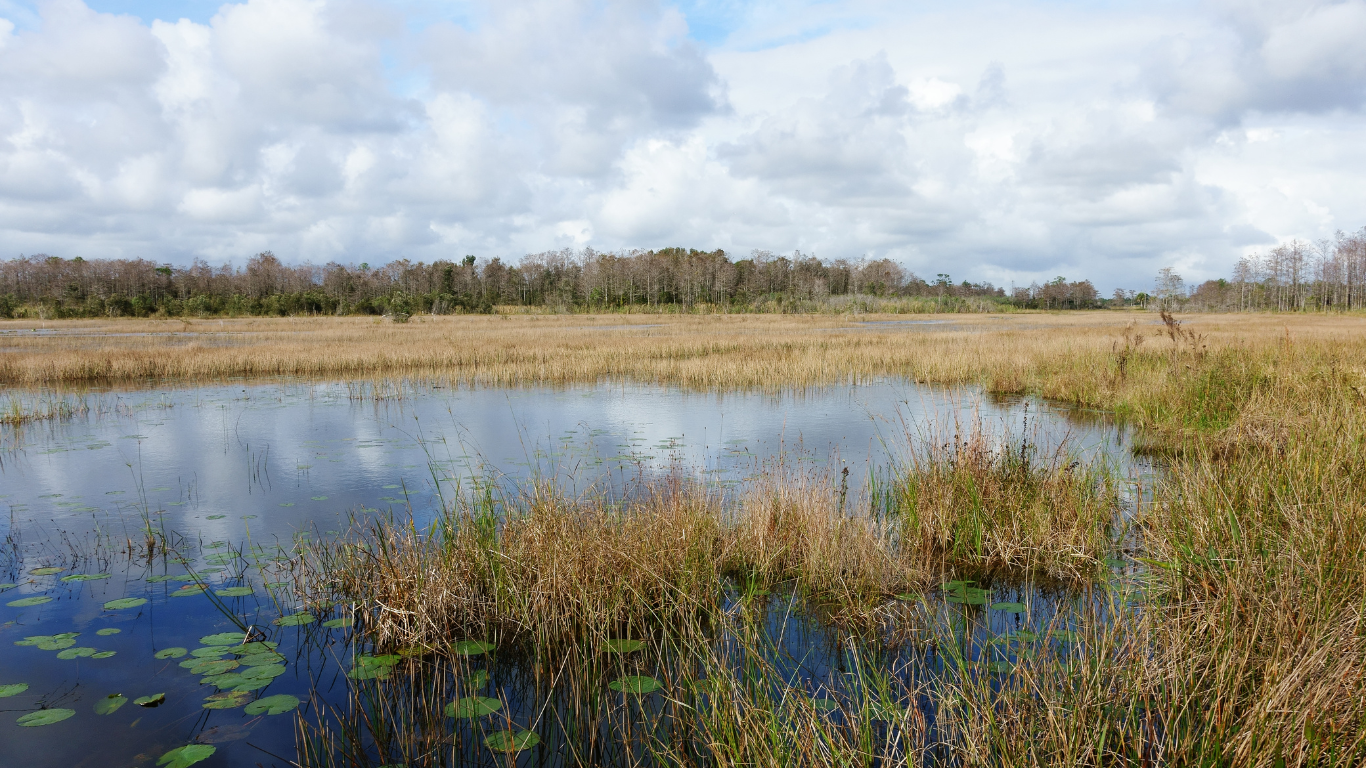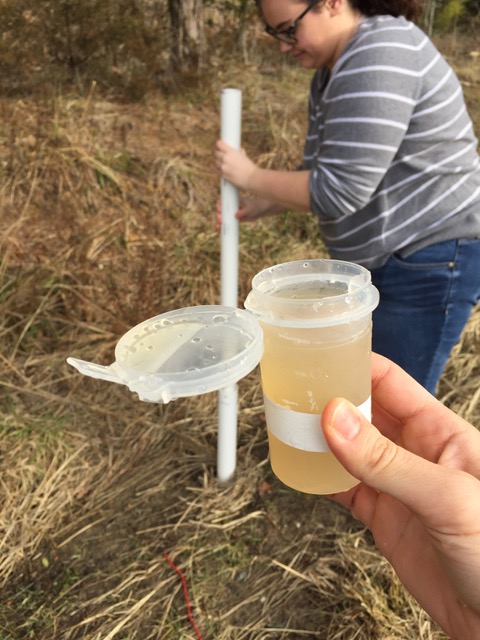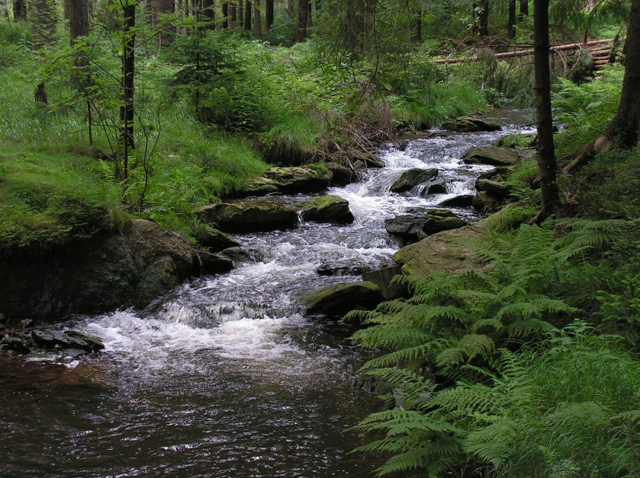LEADING THE NATION WITH
CLEAN WATER SOLUTIONS.
The Center for Watershed Protection works
to advance clean water resources and
healthy ecosystems through responsible
land and water management.
2025 National Watershed and Stormwater Conference
April 8-10, 2025 • San Juan, Puerto Rico
The 2025 National Watershed and Stormwater Conference will provide a forum for watershed and stormwater professionals throughout the nation to learn how to increase the resiliency of our communities in response to emerging and persistent threats to our water resources — from headwaters to coasts. Network with water resource managers, practitioners, researchers, and regulators from all over the United States. The conference will include technical presentations, case studies, panel discussions, and workshops.
More InformationNews Feed
Evaluating Stormwater Retrofit Potential to Reduce Flood Impacts and Improve Water Quality in Urban Coastal Plain Communities
Watershed Implementation Planning Leads to Stream Improvements in Berks County, Pennsylvania
A Roadmap for Restoring Maryland’s Scenic Severn River
Accounting for Climate Change in Post-Construction Stormwater Standards
Calendar of Events
ONLINE WATERSHED LIBRARY (OWL)
OWL is a searchable online database of watershed and stormwater articles, reports, manuals, plans, tools
and other resources. All Center for Watershed Protection publications are free to the public on OWL.
MORE INFORMATION




